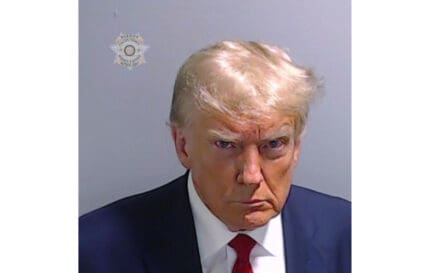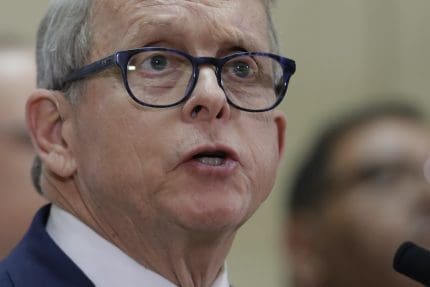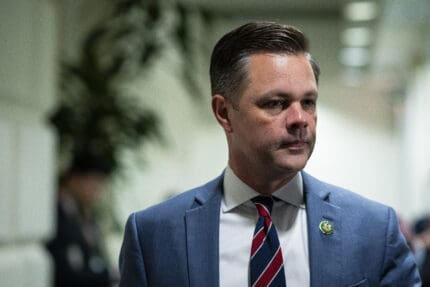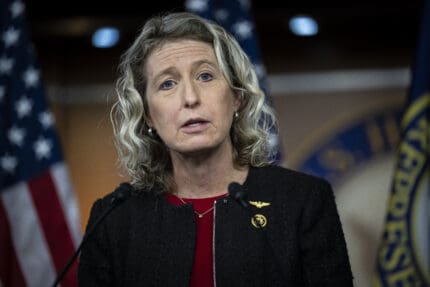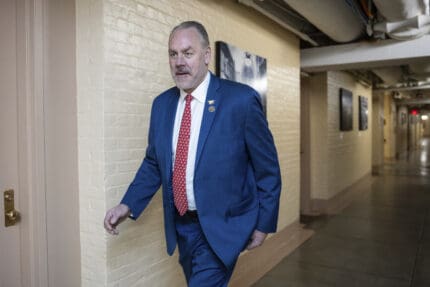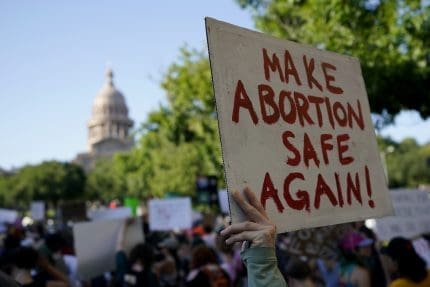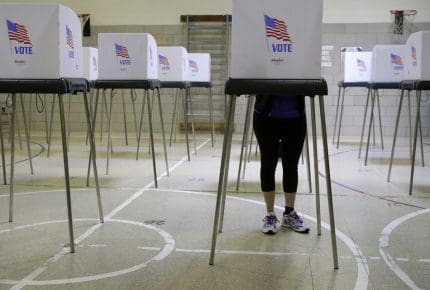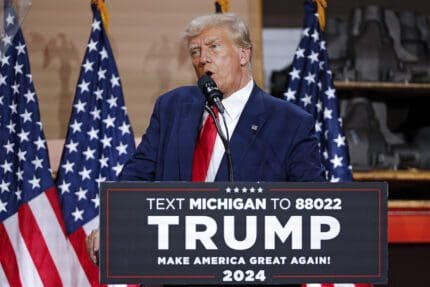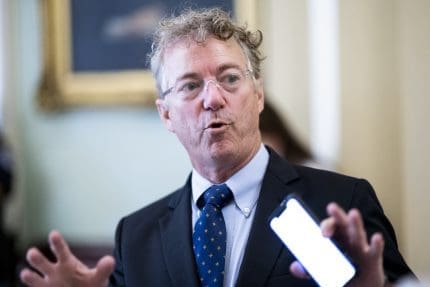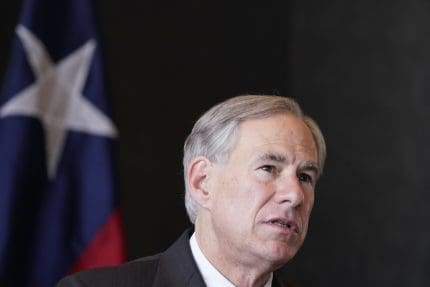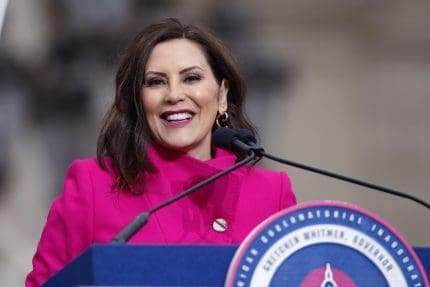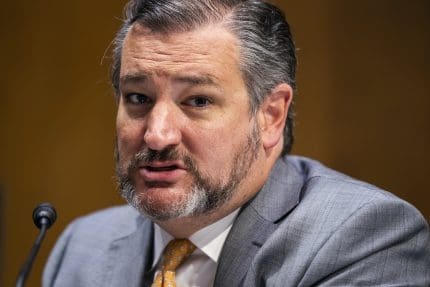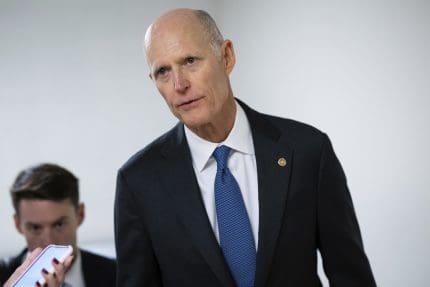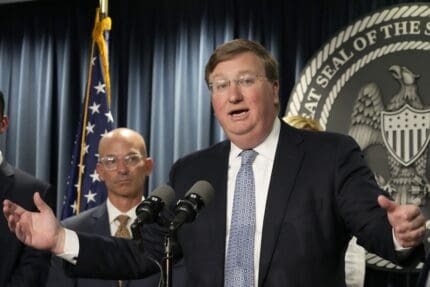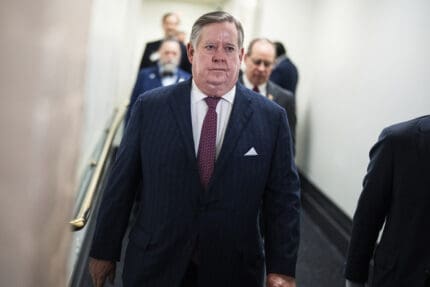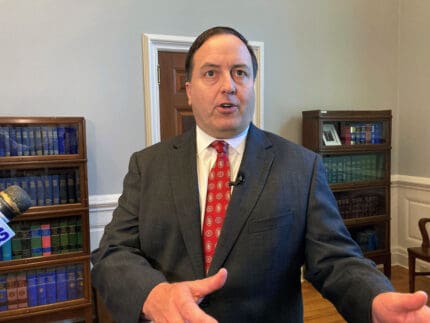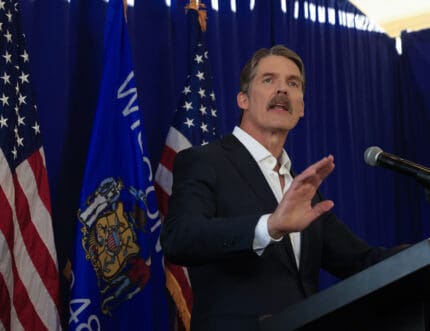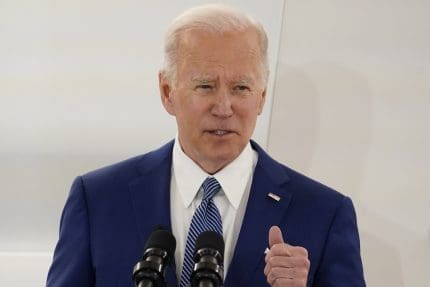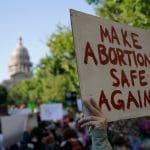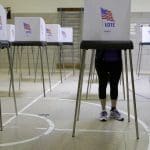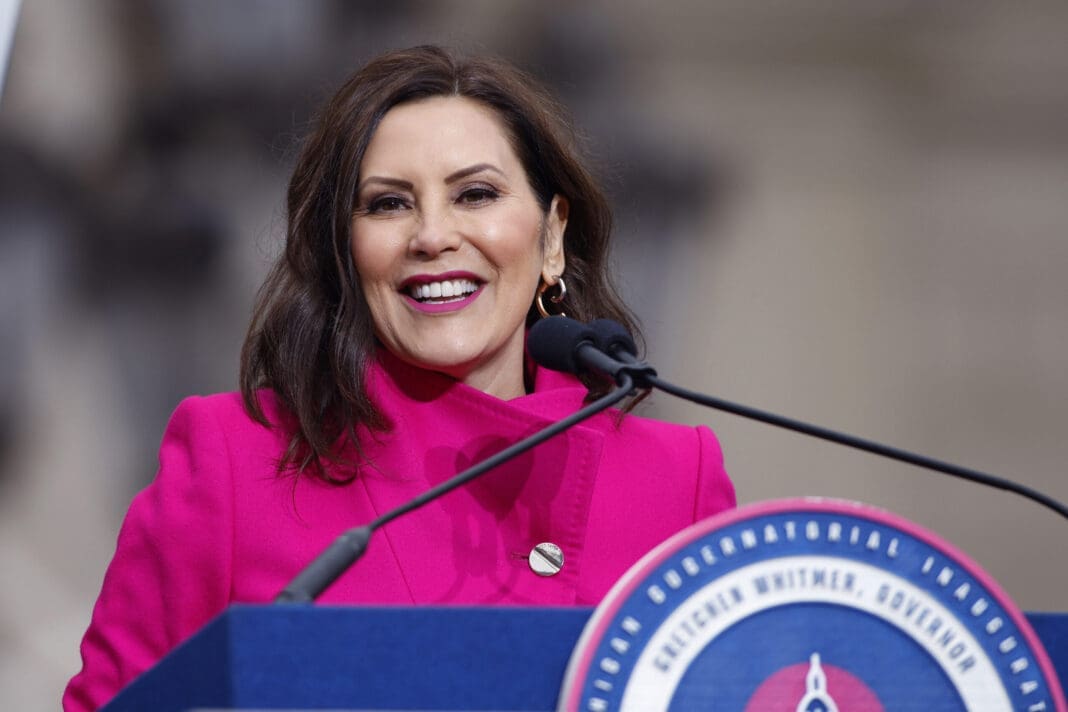How Trump let coronavirus take over America
In a span of three years, Trump dismantled a top pandemic response team and ignored multiple warnings about the potential fallout from future outbreaks like the one currently ravaging the country.
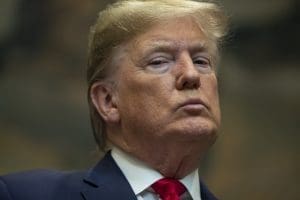
Since 2017, Donald Trump has taken a series of actions that have weakened the ability of the United States to deal with the coronavirus pandemic currently engulfing the nation.
On March 19, Trump defended his slow response to the crisis, claiming during a White House briefing, “Nobody knew there’d be a pandemic or an epidemic of this proportion.”
History tells a different story. Trump previously dismantled a group of health experts specifically designed to warn about global health pandemics, tried to cut funding for the Centers for Disease Control and Prevention, and ignored warnings from both President Barack Obama’s team and his own experts at the CDC.
“Donald Trump may not have been expecting this,” one senior official told the Washington Post in mid-March, “but a lot of other people in the government were — they just couldn’t get him to do anything about it.”
Here’s how we got here:
2017: Ignored warnings from President Obama
Before leaving office, President Obama’s National Security Council staff prepared a 69-page report on how to handle a global health pandemic, Politico reported. The playbook noted personal protective equipment (PPE) and medical supplies that would be needed in response to a global outbreak, as well as steps the federal government could take to mitigate the damage.
The playbook “just sat as a document that people worked on that was thrown onto a shelf,” one former U.S. official who served under both Obama and Trump told Politico. “It’s hard to tell how much senior leaders at agencies were even aware that this existed.”
2017: Failed to fill key CDC positions
By May 2017, the Trump administration had left vacant almost 700 positions at the CDC, including many within the Office of Public Health Preparedness and Response.
Mick Mulvaney, Trump’s budget director, described the failing to fill positions across the federal government as “a big part of draining the swamp.”
2017-2020: Withdrew CDC staff from China
Between 2017 and 2020, the Trump administration reduced the number of CDC staff in China — the presumed epicenter of the outbreak — from 47 to just 14, Reuters reported on March 25.
“We had a large operation of experts in China who were brought back during this administration, some of them months before the outbreak,” a person who witnessed the withdrawal of U.S. personnel said. “You have to consider the possibility that our drawdown made this catastrophe more likely or more difficult to respond to.”
2018: Ignored warnings from CDC
On May 7, 2018, the CDC held a daylong conference at Emory University to hear from experts on lessons learned 100 years after the 1918 flu pandemic, Yahoo News reported on Thursday.
“Are we ready to respond to a pandemic?” Dr. Luciana Borio, who at the time was head of the global health section of the National Security Council, asked at the conference. “I fear the answer is no.
“There often is a feeling on the part of policymakers we’re talking to in Washington — but also in other states — that something magical will happen when an emergency risk occurs, that we’ll just be able to flip a switch and we’ll be able to respond as best we could,” former CDC associate director John Auerbach said at the conference.
Three days after the conference, Trump appeared to wave off those concerns, disbanding a National Security Council unit tasked with preparing the government to face future pandemics.
2018: Dismantled NSC pandemic response group
Trump disbanded the aforementioned task force on May 10, 2018.
Jeremy Konyndyk, a former official with the U.S. Agency for International Development, told the Washington Post then that the White House’s action “seems to actively unlearn the lessons we learned through very hard experience over the last 15 years. These moves make us materially less safe. It’s inexplicable.”
“It is clear that eliminating the office has contributed to the federal government’s sluggish domestic response” to the coronavirus pandemic, Beth Cameron, who led the NSC directorate under Obama, wrote in a March 13 Washington Post op-ed. “Our job was to be the smoke alarm — keeping watch to get ahead of emergencies, sounding a warning at the earliest sign of fire — all with the goal of avoiding a six-alarm blaze.”
2020: Attempted to cut health care funding
In February 2020, Trump released a budget proposing to cut $3 billion from global health programs. The budget called for a 50% cut in U.S. funding of the World Health Organization, a global entity critical to coordinating responses to the coronavirus pandemic.
The budget also called for a 9% cut in funding for the CDC.
The budget is “woefully out of touch when it comes to protecting America’s interests,” Liz Schrayer of the nonprofit organization U.S. Global Leadership Coalition, said in a statement at the time. “Given the growing threats from the coronavirus to the rise of China and other great powers … now is not the time to take our diplomats and development tools off the playing field.”
2020: Downplayed severity of coronavirus outbreak
Trump downplayed the coronavirus outbreak more than a dozen times in January, February, and March 2020. A few examples include:
- Jan. 22: “We have it totally under control. It’s one person coming in from China, and we have it under control. It’s going to be just fine,” Trump said in an interview with CNBC.
- Feb. 7: Trump tweeted that China’s President Xi Jinping would be successful in dealing with the outbreak “as the weather starts to warm & the virus hopefully becomes weaker, and then gone.”
- Feb. 24: “The Coronavirus is very much under control in the USA. We are in contact with everyone and all relevant countries. CDC & World Health have been working hard and very smart,” Trump tweeted.
- Feb. 26: “When you have 15 people, and the 15 within a couple of days is going to be down to close to zero, that’s a pretty good job we’ve done,” Trump said at a White House news conference.
- March 4: “Some people will have this at a very light level and won’t even go to a doctor or hospital, and they’ll get better. There are many people like that,” Trump said at a briefing with the CEOs of some of the country’s major airlines.
- March 9: “The Fake News Media and their partner, the Democrat Party, is doing everything within its semi-considerable power (it used to be greater!) to inflame the CoronaVirus situation, far beyond what the facts would warrant. Surgeon General, ‘The risk is low to the average American,'” Trump tweeted.
- March 10: “We’re prepared, and we’re doing a great job with it. And it will go away. Just stay calm. It will go away,” Trump said at a briefing with Republican senators.
- March 24: “We’ve never closed down the country for the flu. So you say to yourself, ‘What is this all about?'” Trump said at a Fox News town hall, wrongly comparing COVID-19 to the seasonal flu.
As of Thursday morning, more than 214,000 people in the United States had been diagnosed with confirmed cases of COVID-19, and more than 4,800 people had died.
Published with permission of The American Independent Foundation.
Recommended

Ohio doctors fear effects of emergency abortion care case set to go before U.S. Supreme Court
A federal law that allows emergency departments to treat patients without regard to their ability to pay will be under U.S. Supreme Court scrutiny this week, and Ohio doctors are concerned about the case’s local impact on emergency abortion care.
By Susan Tebben, Ohio Capital Journal - April 23, 2024
House GOP votes to end flu, whooping cough vaccine rules for foster and adoptive families
A bill to eliminate flu and whooping cough vaccine requirements for adoptive and foster families caring for babies and medically fragile kids is heading to the governor’s desk.
By Anita Wadhwani, Tennessee Lookout - March 26, 2024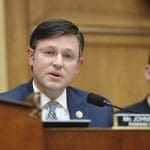
U.S. House Speaker Johnson says IVF should be protected — just not by Congress
U.S. House Speaker Mike Johnson said Thursday that it’s up to states and not Congress to preserve access to in vitro fertilization, weighing in on a growing national debate and campaign issue.
By Jennifer Shutt, States Newsroom - March 14, 2024









